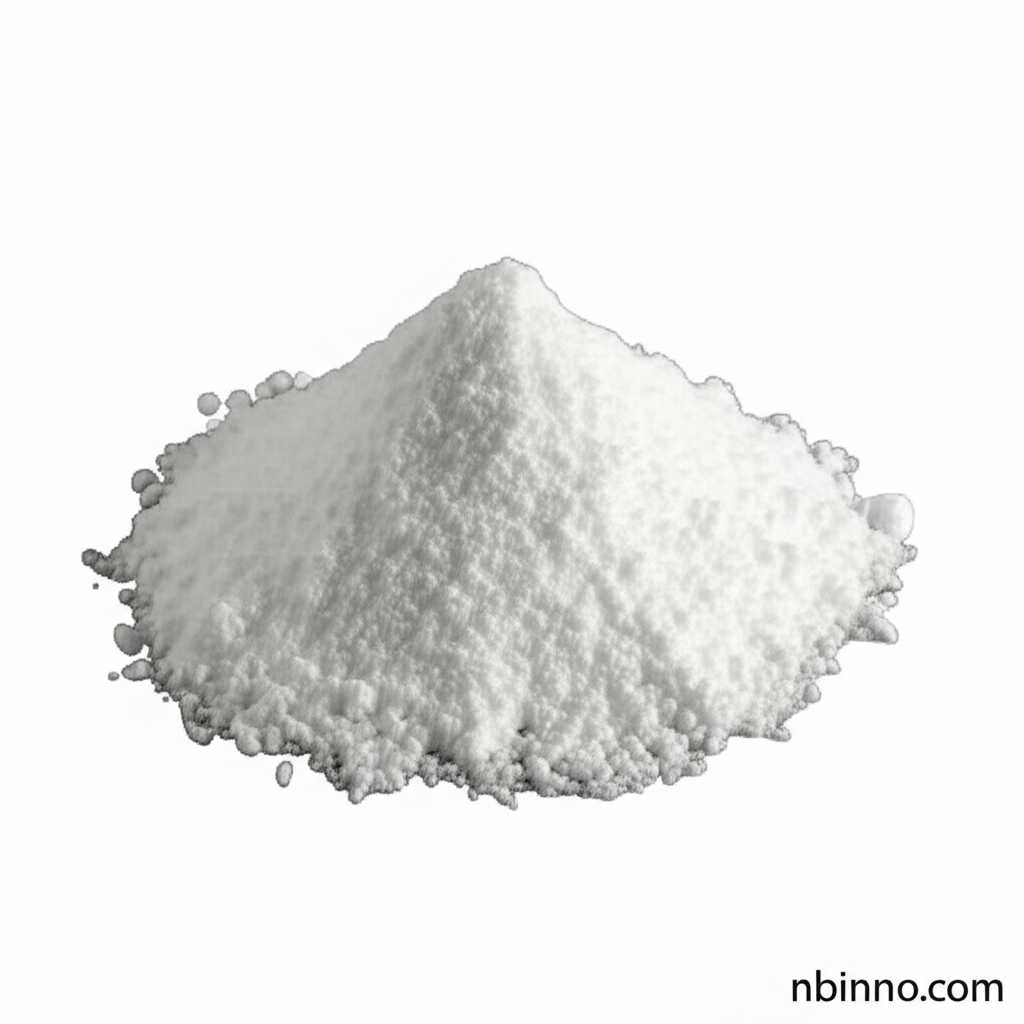Cadmium Acetate: Properties, Applications, and Safe Handling
Discover the essential properties and diverse uses of Cadmium Acetate, a key chemical compound.
Get a Quote & SampleProduct Core Value

Cadmium Acetate
Cadmium Acetate is a vital chemical compound with the formula Cd(CH3COO)2. Known for its white crystalline powder form and solubility in water, it plays a crucial role in various analytical and industrial processes. Its primary function as an analytical reagent for the detection of sulfur, selenium, and tellurium makes it indispensable in laboratory settings.
- Explore the specific applications of Cadmium Acetate in industries like ceramics and textiles.
- Understand the importance of proper storage conditions for Cadmium Acetate to maintain its efficacy.
- Learn about the chemical formula and molecular weight of Cadmium Acetate, essential data for chemical professionals.
- Discover the key uses of Cadmium Acetate as an analytical reagent.
Key Advantages
High Purity as an Analytical Reagent
Cadmium Acetate is highly valued for its role as an analytical reagent, ensuring accurate detection of sulfur, selenium, and tellurium in various samples.
Versatile Industrial Applications
This compound finds widespread use in industrial applications such as ceramic glazing, electroplating, and the dyeing and printing of textiles.
Stable White Crystalline Form
As a stable white crystalline powder, Cadmium Acetate is easy to handle and store, making it a convenient choice for laboratory and industrial use.
Key Applications
Analytical Chemistry
Cadmium Acetate serves as a crucial analytical reagent for the precise detection of elements like sulfur, selenium, and tellurium.
Ceramics and Pottery
Its use in ceramic glazing contributes to iridescent effects in porcelain production.
Textile Industry
In textile dyeing and printing, Cadmium Acetate is employed to achieve specific and vibrant colorations.
Electroplating
The compound is also utilized in electroplating baths, contributing to various surface finishing processes.
